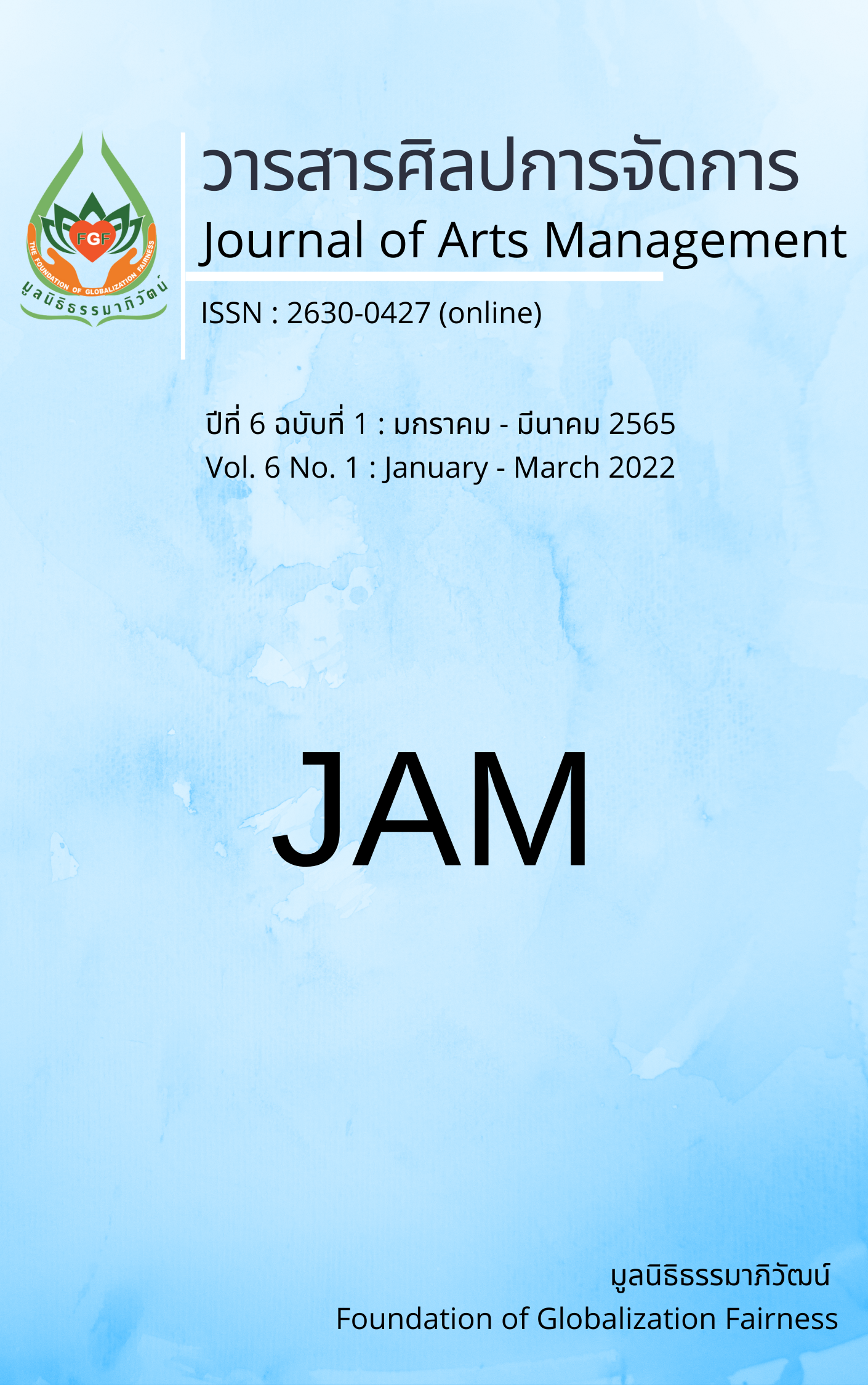Indicators of Total Service Quality of Private Hospitals in Thailand
Main Article Content
Abstract
Thailand will be entering an aging society. Private hospitals are still service businesses that need to improve their services because of intense market competition and want to deliver good service to users to get the most satisfaction. The purposes of this research were 1) to study the level of opinions of service executives and representatives of private hospitals in Thailand; and 2) to analyze confirmatory factor analysis (CFA) indicators of total service quality for private hospitals in Thailand. The sample group were service executives and representatives of private hospitals in Thailand who were members of the private hospital association. There were 140 samples calculated by the Maximum Likelihood Estimation (MLE) method, at least 20 times the number of observable variables. The statistical methods were path analysis and structural equation modeling (SEM).
The findings revealed that most private hospitals were medium-sized, with 101-250 beds. The highest levels of opinions about indicators of total service quality of private hospitals in Thailand were service process, service user response by confirmatory factor of variables by chi-square of 2/df =1.982, P=0.94, GFI=0.987, AGFI=0.931, NFI=0.991, IFI=0.996, CFI=0.996, RMR=0.001, RMSEA=0.071 which were the highest standards of indicators of total service quality of private hospitals in Thailand that were consistent with the empirical data.
Article Details

This work is licensed under a Creative Commons Attribution-NonCommercial-NoDerivatives 4.0 International License.
Views and opinions appearing in articles in the Journal of Arts of Management It is the responsibility of the author of the article. and does not constitute the view and responsibility of the editorial team I agree that the article is copyright of the Arts and Management Journal.
References
Crosby, P. (1986). Quality is free. McGrew-Hill.
Deming, W. E. (1982). Quality productivity and competitive position. Center for Advance Engineering, Massachusetts Institute of Technology.
Feigenbaum, A. (1987). Total Quality Management and business performance. Journal of Social and Behavioral Sciences, 129, 244-249.
Ishikawa, K. (1985). How to operate QC Circle activities. Union of Japanese Scientists and Engineers.
Juran, J. (1989). Juran of leadership for quality. Free Press.
Macinati, M. S. (2008). The relationship between quality management systems and organizational performance in The Italian Nation Health Service. Journal of Health Policy, 85(2), 228-241.
National Statistical Office. (2021). Report of population statistical. National Statistical Office. http://service.nso.go.th/nso/nsopublish/themes/population.html.
The Private Hospital Association. (2021). Name of member. The Private Hospital Association. http://www.thaiph.org/body/members.html.
Wang, C-H., Chen, K-Y., & Chen, S-C. (2012). Total Quality Management, market orientation and hotel performance: The moderating effects of external environmental factors. International Journal of Hospitality Management, 31(1), 119-129.
https://doi.org/10.1016/j.ijhm.2011.03.013
Wanitbuncha, K. (2014). Structural equation modeling analysis by AMOS. Chulalongkorn University.


